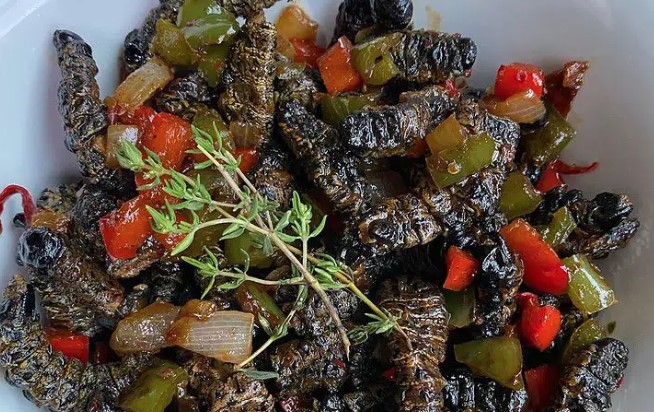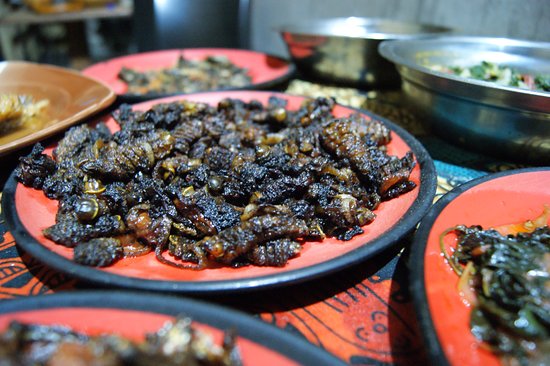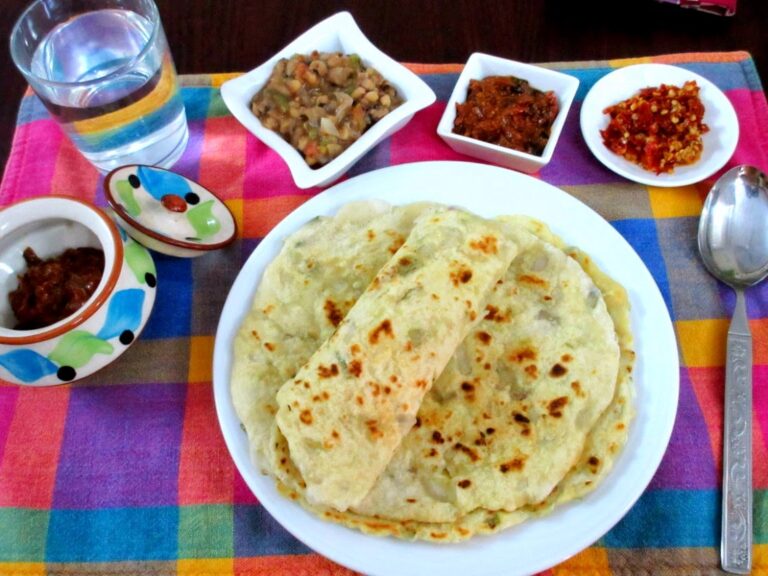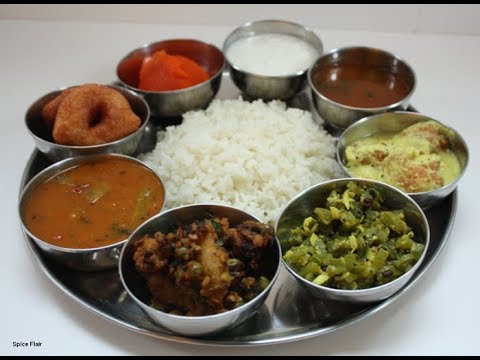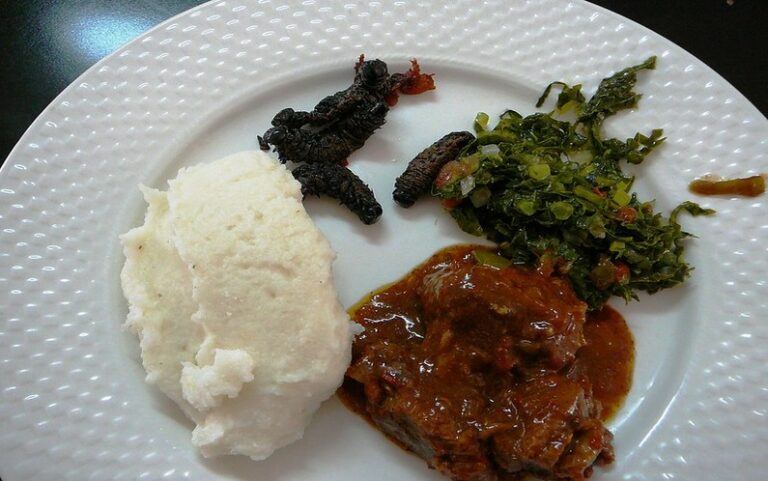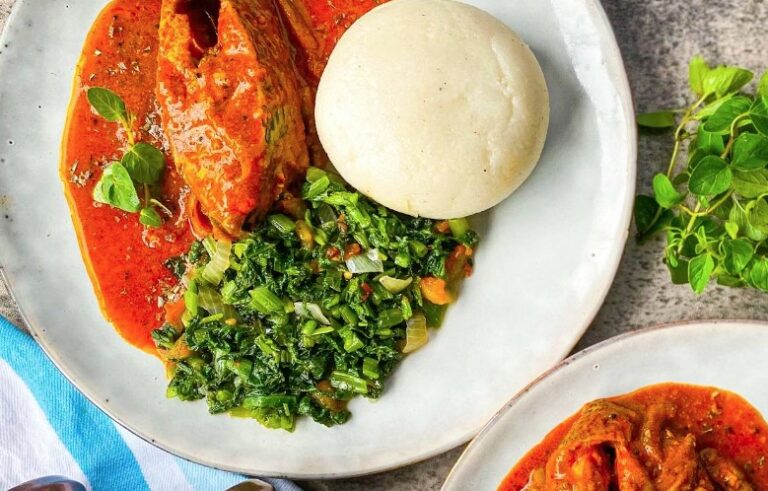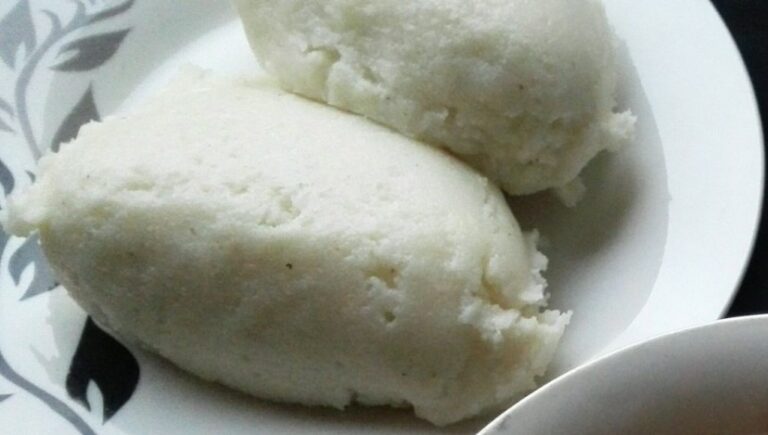Introduction: Zambia’s Agricultural Riches
The Republic of Zambia is a landlocked country situated in southern Africa. The country’s economy heavily relies on agriculture, which contributes to approximately 18% of the Gross Domestic Product (GDP). Zambia is blessed with abundant natural resources, including fertile soil, numerous rivers, and ideal climatic conditions, making it a hub for agricultural production.
Traditional Zambian Foods
Zambian cuisine is incredibly diverse and is an amalgamation of various cultural influences. The staple food in Zambia is nshima, a starchy dish made from ground maize flour. Nshima is typically eaten with a variety of relishes, including vegetables, meat, and fish. Other popular traditional dishes include ifisashi (a vegetable stew made with peanuts), kapenta (dried fish), and bream fish. Desserts are not prevalent in Zambian cuisine, but seasonal fruits such as mangoes and pineapples are often consumed as a sweet treat.
Ingredients from the Land
The ingredients used in Zambian cuisine are sourced mainly from the land. Zambia is one of the largest producers of maize, which is the primary ingredient in nshima. Other crops grown in Zambia include cassava, sorghum, millet, and sweet potatoes. The country is also famous for its livestock production, particularly cattle, goats, and chickens. Additionally, Zambia has a thriving fishing industry, with freshwater fish such as bream, tilapia, and catfish being abundant in the country’s numerous rivers.
Role of Agriculture in Zambian Economy
Agriculture is the backbone of the Zambian economy, employing approximately 70% of the population. The country’s fertile soil and favorable climate conditions make it an ideal location for crop production, livestock rearing, and fishing. The government has implemented policies to support the growth of the agricultural sector, including the provision of agricultural inputs such as fertilizers and seeds, as well as the establishment of irrigation systems in drought-prone areas.
The Influence of Neighboring Countries
Zambia’s cuisine has been influenced by neighboring countries, including Tanzania, Zimbabwe, and the Democratic Republic of Congo. The country’s close proximity to these nations has led to an exchange of cultural practices and culinary traditions. For example, ifisashi, a Zambian dish made with peanuts, is similar to the Tanzanian dish, mchicha, which is also a peanut-based stew.
Conclusion: Zambia’s Cuisine as a Reflection of its Agriculture
Zambian cuisine is a reflection of the country’s agricultural abundance. The ingredients used in traditional Zambian dishes are sourced primarily from the land, highlighting the vital role that agriculture plays in the country’s economy and livelihoods. Zambia’s cuisine is also evolving, being influenced by its neighbors and adapting to changing tastes and preferences. Nevertheless, the rich cultural heritage and agricultural abundance of Zambia will always be at the core of its cuisine.



